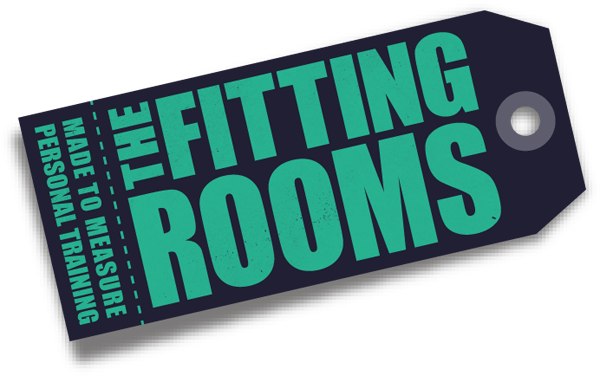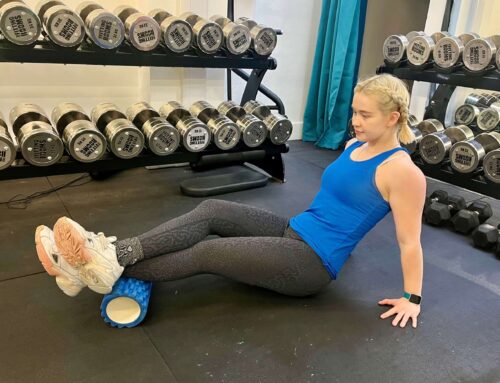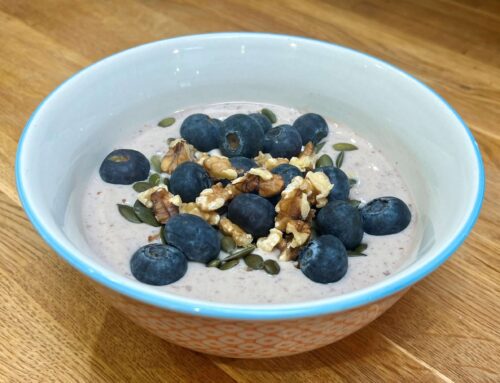Why is food tracking useful when working towards improved body composition?
Food’s nutrition labels generally break down macro information per 100g but, since serving sizes aren’t always intuitive, that doesn’t really help us know how much we’re eating. That’s why using a food diary is a great way to understand your food and drink intake on a daily basis. This is crucially important to ensure that you’re not over (or under-consuming calories) and that you’re getting enough protein to see substantial physical changes. One of the biggest issues we see with people struggling to achieve their goals when strength training is that they are under consuming protein, and keeping a diary is the best way to track how many grams you’ve had in a day.
What should you track?
Ideally, for a short period of time you should track everything that passes your lips as calories can rack up far faster than most people realise. But you should always pay particular attention to calorie dense foods like oils, nuts, avocado, cheese, peanut butter and pretty much anything processed.
How should you track?
Our go to app for food tracking is MyFitnessPal which has millions of foods (complete with macros) stored in its library so you’re able to easily keep track of your daily intake. Calories have a way of sneaking up on you: a slightly larger spreading of peanut butter than the recommended portion size; the couple of biscuits you dunked in your morning cuppa, or an extra drizzle of olive oil when cooking dinner. Log all of all of these for a period of time and it really will help you build an idea of what your “normal” maintenance intake should be.







Leave A Comment